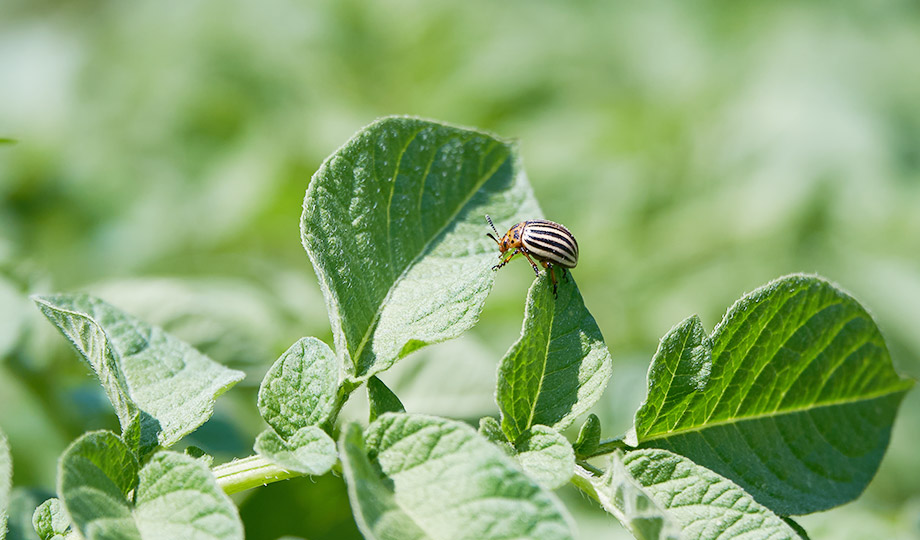
Please fill in the details below:


Insecticides are substances used to mitigate insects of one or more species. They are used in the agricultural sector for controlling pests that infest cultivated crops but they have other uses as well, such as eliminating insects that spread diseases.
Insects are a big threat to crops as they can consume plant foliage, roots, and stems, which can make them unsuitable for eating or other use and could also damage the plants. The use of insecticides is necessary to provide the best crop protection to combat these pests, some of which feed exclusively on certain crops. Before insecticides gained widespread use, a significant portion of the crops grown was consumed by insects and led to regular losses. While there are some biological controls in the environment, such as natural predators or parasites that attack the insects which feed on crops, there was little to no control over these factors. The crop protection that insecticides provide has played a big role in helping agriculture, especially when it comes to increasing yield.
There is a need for insecticides for almost all commercial agriculture requirements, including organic farming. As the interest in organic produce has grown, organic farmers have also found the need to use insecticides that are approved for organic use to protect their crops and prevent contamination from insects.
Insecticides can be classified in many ways, including classification based on how they work, their mode of action, or what they're made of.
Insecticides can largely be categorized into two:
Synthetic insecticides are the most common type of insecticide in use. They can be toxic to a wide range of insect species. Some of the main types of synthetic insecticides include:
There are many more types of insecticides that are commercially available. All insecticides come with usage guidelines that make them effective to control insects and be useful in preventing damage to crops without being toxic to humans. UPL provides a range of insecticides to deal with destructive pests that can harm a farmer’s crop. We continue to develop new formulations with different applications and modes of action to provide more effective protection.
Insecticides are the primary means of controlling the majority of insect pests that attack crops. They come with many advantages:
They are a simple and effective way of controlling pest populations that would otherwise lead to the damage of crops. Without insecticides, large portions of cultivated crops would be lost, leading to a loss of income for the farmers, and also a waste of the resources that were used to grow the crops. With insecticides, it is possible to have higher yields and
Consumers expect to get pest-free fruits and vegetables and insecticides directly play a role in ensuring the crop quality isn't hampered by insects. Controlling insects also controls some plant diseases that are spread by insects which can lead to deterioration in the quality.
Insecticides make it possible to control pests quickly. Even when there is a high population of damaging pests, in most cases insecticides can be used to reduce the pests within hours.
Some insecticides provide broad-spectrum protection and some insecticides can be used in combination with another which makes it possible to control many pest species at the same time.
As pests evolve, we continue to do research to improve insecticides. Chemical insecticides can be formulated relatively quickly to provide protection sooner than other alternative methods of pest control.
DISCLAIMER
“UPL and its subsidiaries have made every attempt to ensure accuracy of the information provided on this website. However, this is a global webpage with access to different geographies for wider reach and greater awareness of UPL. In the course of doing the same, UPL has used Weglot translator plugin to cover the language of this website from English to select regional languages.
UPL therefore, does not accept any responsibility or liability on the nature, standard or the accuracy of the translation and cannot take responsibility for any type of inaccurate contextual meaning in the event of a mismatch from English to a regional language.”